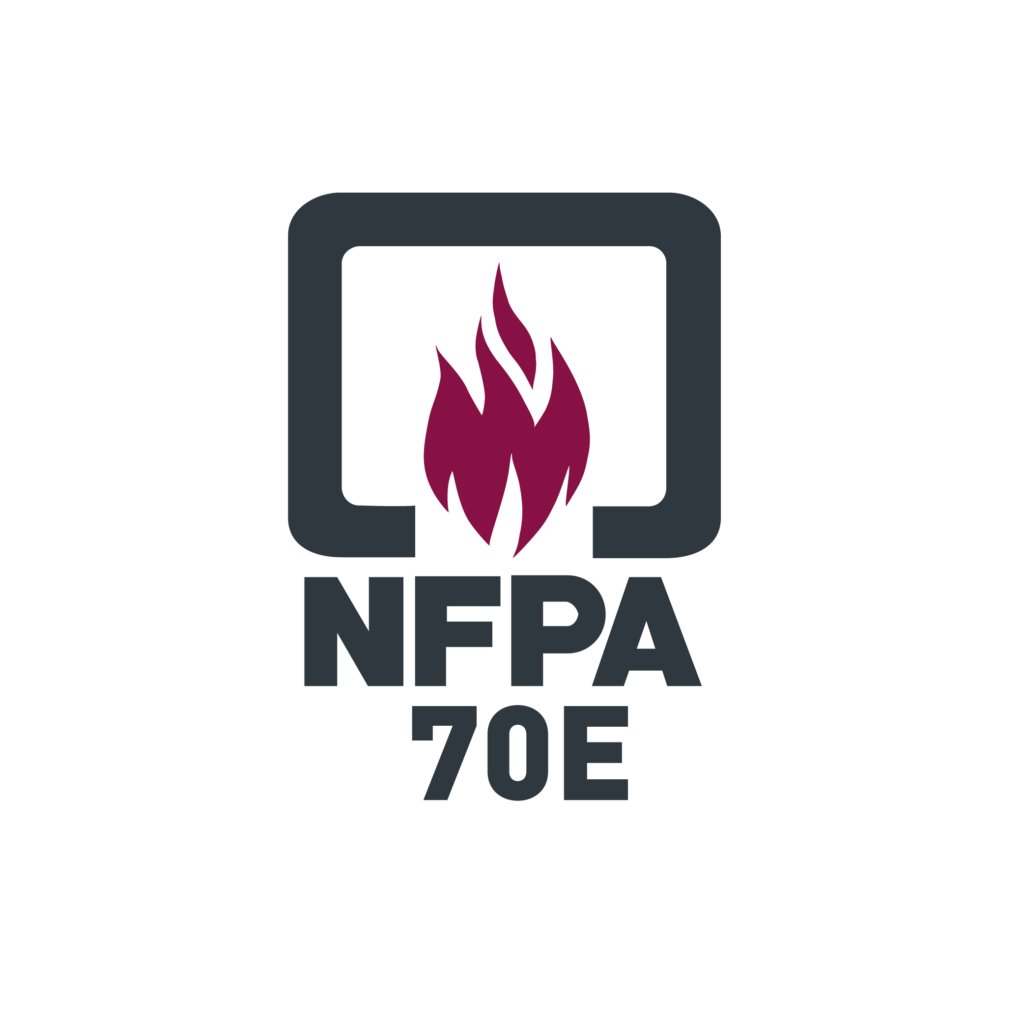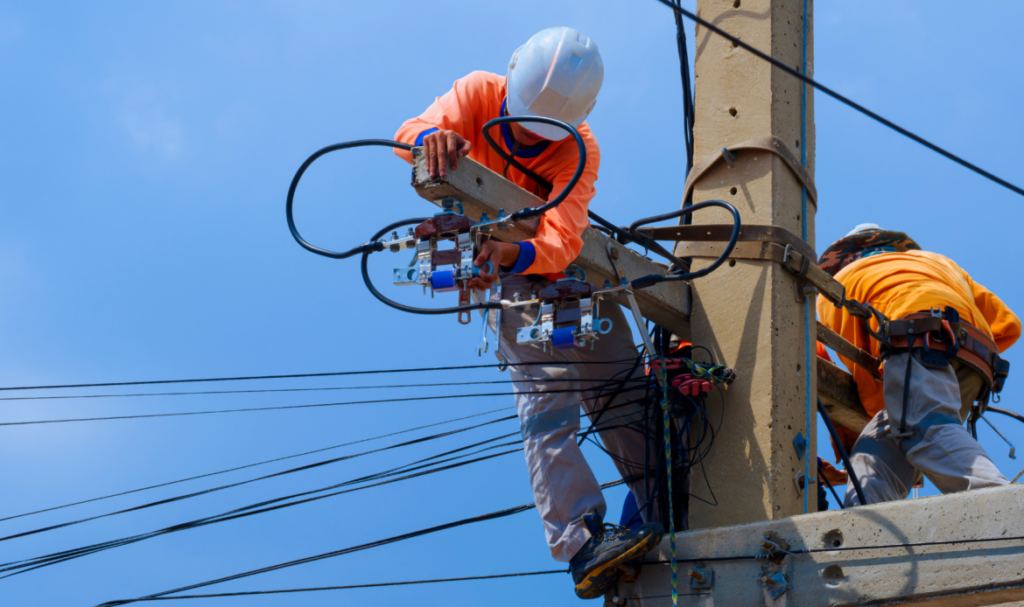NFPA 70E: Safeguarding Electrical Workers.
SAFETY FIRST

In today’s industrial and commercial settings, electricity is an indispensable resource that powers our daily operations. However, with its convenience come inherent risks that can jeopardize the safety of workers.
Electrical accidents, such as electric shock, electrocution, and arc flash incidents, remain a serious concern in the workplace. To combat these hazards and ensure a safe work environment, the National Fire Protection Association (NFPA) developed NFPA 70E, the Standard for Electrical Safety in the Workplace. In this blog, we will explore the significance of NFPA 70E and how its implementation can enhance workplace safety.
Understanding NFPA 70E:
- Overview of NFPA 70E: Learn about the background, purpose, and scope of NFPA 70E, including its development by the NFPA and its importance in electrical safety standards.
- Key Elements of NFPA 70E: Explore the main components of the standard, including risk assessment, safe work practices, training requirements, personal protective equipment (PPE), and maintenance procedures.
Preventing Electrical Hazards:
- Electrical Shock and Electrocution: Discuss the dangers associated with electric shock and electrocution and how NFPA 70E provides guidelines to mitigate these risks through proper lockout/tagout procedures, equipment grounding, and safe work practices.
- Arc Flash and Arc Blast Hazards: Explain the hazards of arc flash and arc blast incidents, their potential consequences, and how NFPA 70E addresses them with protective measures, such as arc flash risk assessments, boundary requirements, and appropriate PPE.
Compliance and Implementation:
- OSHA and NFPA 70E: Highlight the relationship between the Occupational Safety and Health Administration (OSHA) and NFPA 70E, emphasizing OSHA’s recognition of NFPA 70E as a valuable resource for workplace electrical safety compliance.
- Implementing NFPA 70E: Provide guidance on implementing NFPA 70E within an organization, including the development of electrical safety programs, training initiatives, and the involvement of management and employees.
Benefits of NFPA 70E:
- Protecting Workers: Discuss how adhering to NFPA 70E safeguards the well-being of employees, reduces the risk of accidents and injuries, and ensures they can return home safely at the end of each day.
- Legal and Financial Implications: Highlight the potential legal and financial consequences of non-compliance with electrical safety standards and how following NFPA 70E can help mitigate these risks.
NFPA 70E serves as a critical framework for promoting electrical safety in the workplace. By implementing its guidelines and best practices, organizations can significantly reduce the risks associated with electricity and create a safer environment for their employees. Through risk assessments, training programs, and the implementation of safety controls, NFPA 70E plays a vital role in preventing electrical accidents and protecting the well-being of workers. Prioritizing electrical safety by embracing NFPA 70E is a proactive step towards enhancing workplace safety and ensuring a culture of protection and well-being for all.

You can find information on NFPA 70E directly from the official website of the National Fire Protection Association (NFPA), the organization that develops and publishes the NFPA codes and standards. Here’s the website where you can access information about NFPA 70E. *ASTM stands for the American Society for Testing and Materials, which is now known as ASTM International. It is a globally recognized organization that develops and publishes technical standards for a wide range of products, materials, systems, and services. These standards help ensure quality, safety, and reliability of products and services..
Deprecated: implode(): Passing null to parameter #1 ($separator) of type array|string is deprecated in /var/www/vhosts/marinatechnicaltextiles.com/httpdocs/wp-includes/category-template.php on line 1377
Tagged ASTMchemical plantelectrical utilitiesflash fire hazardsNFPA 2112oil and gasSTANDARDtest methodsworker protection

